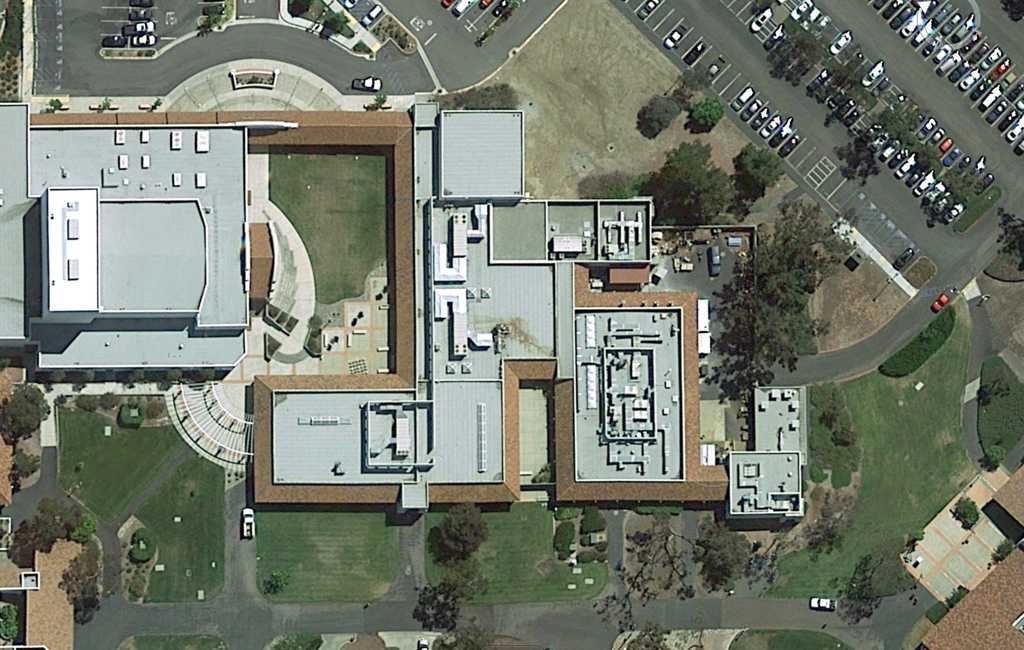Cuesta yet again is predicting a deficit for the end of the spring semester, and it all just sounds a little confusing to staff and students alike.
Photo by Alexander Bissell / Cuestonian Photo & Video Chief
By Rachel Barnes
Editor-in-chief
Recently there has been confusion surrounding Cuesta’s budget, namely the amount the school actually has and where the money is being spent.
This began in December 2016 when President Gil Stork announced the school had a $1.3 million deficit. Then, less than a year later in fall 2017, the Board of Trustees announced that there was around a $9 million surplus.
Now, the school is again predicting a deficit for the end of the spring semester, and it all just sounds a little confusing to staff and students alike.
“It definitely is confusing because the district keeps maintaining that they have a negative balance and, year after year, they end up with a positive balance,†said Greg Baxley, a Cuesta chemistry and physical science teacher who serves as vice president for the teacher’s union.
Other faculty are confused as well.
“Cuesta administration has had an infatuation in maintaining an excessive emergency fund in comparison to other CA community colleges; why can’t Cuesta be like other colleges?†said Aaron Rodrigues, a political science teacher at Cuesta.
With the backlash from staff regarding their discontent with their salaries, it is important for students and the school to know what Cuesta really is doing with the money it has.
“The students are always first in our minds,†said Dan Troy, vice president of administrative services at Cuesta.
The state funds the school based on the enrollment of full-time students. At Cuesta, students are considered full time if they complete 30 units in an academic year, averaging about 15 units per semester.
The amount of full-time students enrolled each semester is declining. Information from Cuesta’s final budget for this year shows the number of full-time equivalent students hovering between 8,320 to 8,380 during the 2016-2017 school year.
Enrollment was at an all time high in the 2008-2009 school year at 10,017 students. That number then began a downward spiral declining to 8,633 students in the 2012-2013 school year. It then again decreased to 8,380 students in 2013-2014, but has remained relatively stable since. The projected number for full-time students is 8,309 in the 2017-2018 school year.

Graphic courtesy of Cuesta College
As costs rise, Troy doesn’t see funding they get being able to match up to what the school will need.
“We have a significant budget problem that we have to deal with,†Troy said.
One expenditure that is continuing to rise is pension costs for staff. Pension rates have had an increasing percentage per year. It is up to the employers, in this case Cuesta, to come up with that money. Troy said that the school would need $600,000 to $700,000 a year to make that amount.
Since the school, according to Troy, is underfunded the school created the Separation Incentive Program. This gives staff the incentive to retire early and the school will offer them a pay out.
To save money, the school doesn’t hire people who have retired or departed, leaving the position vacant. This is called a selective hiring freeze. This way, the school can use money that would have gone to those positions for other budget priorities. Recently, this practice has caused tension between instructors and administrators.
In the past, Cuesta has been able to save around $500,000 from this.
The school is planning new programs and majors to help boost enrollment. They also have expanded the dual enrollment opportunity taken by local high school students.
“We’re not sitting still,†Troy said.
In fact, the school recently got awarded $2 million for innovation. This will allow more high school students to get credit for the dual enrollment work they do and enable them to get degrees much faster.
However, in a seemingly contradictory act, Assistant Superintendent Deborah Wulff implemented an 18-student minimum enrollment per class beginning in the fall semester in every class held at Cuesta.
With declining enrollment, as well as an already small amount of students, this may cause a copious amount of class cancellations. This could result in loss instructors and of students — and the students bring to pay for the classes.
“Together the college needs to continue to improve our course and program efficiency; this is a process for which all college programs are responsible,†Wulff said in a staff-wide memo.
They plan to improve efficiency by shifting the school to stabilization funding. This entails that the state would look at a year’s previous enrollment of students and fund Cuesta based on that number, despite what the current enrollment.
Recently, a new community college governor changed the formula for funding state schools. This formula will fund the school 50 percent on the amount of FTS, 25 percent on low-income students, and 25 percent on success rates.
“We serve a lower proportion of low-income students so it might not favor us,†Troy said. He added that this could have a significant impact to the Cuesta’s budget.
As of now, the school is predicting a $551,000 deficit for the 2017-2018 school year. According to Troy, each year the school is spending less.
“We have a responsibility to make our expenditures equal to our revenue,†Troy said.





















